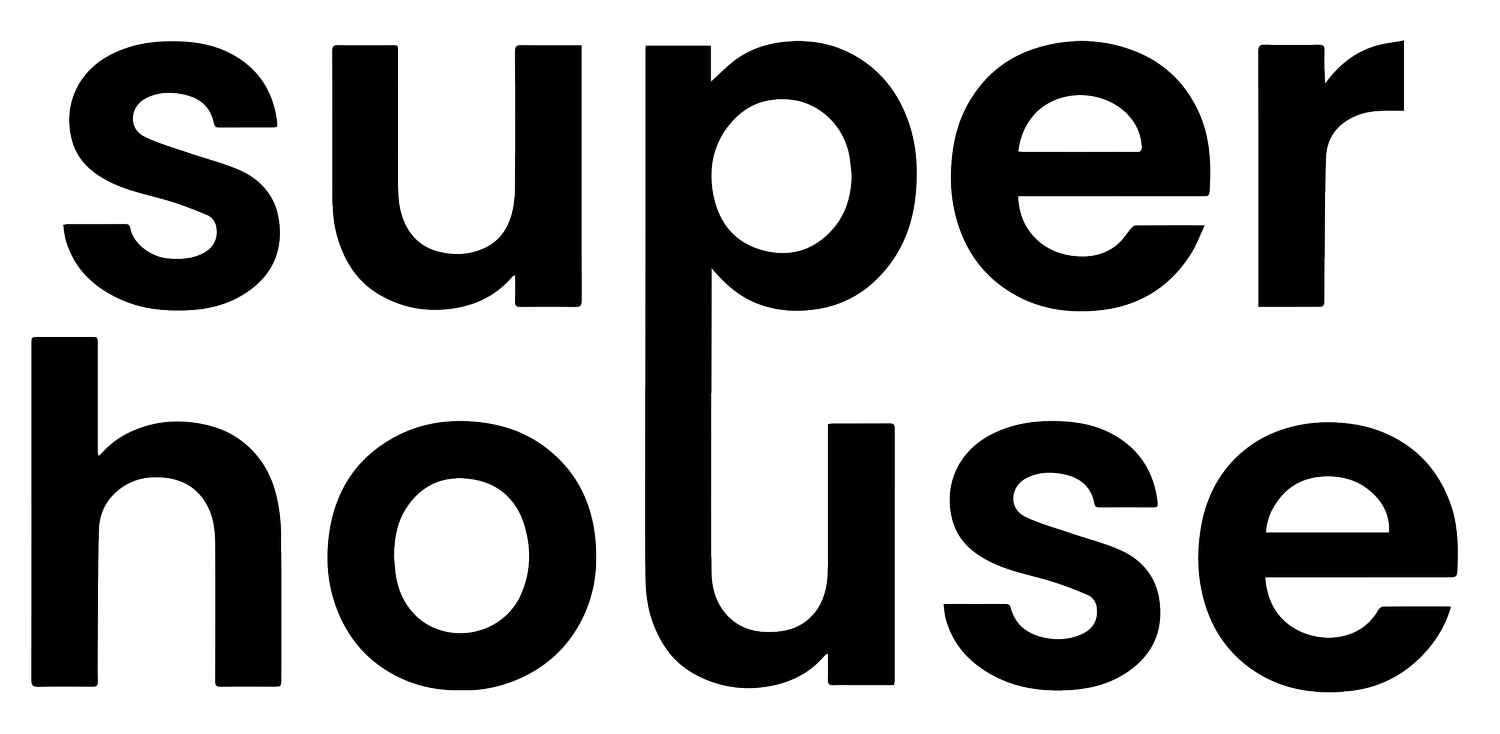Exhibitions
Design Miami 2025
American Art Furniture
1980 - 1990
December 2 - 7, 2025
Dan Friedman LM Screen, 1982 (All photography: Matthew Gordon)
Superhouse returns to Design Miami with American Art Furniture: 1980–1990. Marking the gallery’s third appearance at the fair, and its first booth devoted entirely to historical work, the exhibition offers a rare chance to encounter landmark examples of American art furniture, for many visitors for the first time. Featuring works by 13 key figures of the era, the show captures the spirit of experimentation that defined this pivotal decade.
Artists on view: Alex Locadia, Dan Friedman, Elizabeth Browning Jackson, Forrest Myers, Gloria Kisch, Howard Meister, Main & Main, Michele Oka Doner, Paul Ludick, Richard Snyder, Terence Main, Tom Loeser, and Wendy Maruyama.
Building on the momentum of Superhouse’s 2024 exhibition The Odd Couple, which led to first-time acquisitions by major American museums of works by several of these artists, the fair presentation underscores both the importance of this material—seldom available outside institutional collections—and the growing recognition of figures long overlooked in the history of late 20th-century design.
“The 1980s were the decade when American designers started to treat furniture as art—deeply personal, political, and full of attitude,” says Stephen Markos, founder and director of Superhouse. “For me, this booth revisits the freedom and fearlessness of that period, when boundaries between art, craft, and design simply didn’t matter—much like we’re seeing with contemporary makers today.”
Scenography
The presentation, staged within a scenography designed by Studio AHEAD in collaboration with Farrow & Ball, recalls the postmodernist tendencies of Bay Area artist Garry Knox Bennett, reaffirming the firm’s commitment to Northern Californian design.
“Elena Dendiberia and I referenced the Greek-revival cast-iron columns from downtown New York galleries but gave them a Northern California attitude—painted, unpretentious, playful, and specifically in this case 80s funky,” adds Homan Rajai of Studio AHEAD. “It’s our way of bringing East and West Coast design realities of that era together for now.”
The entire booth is painted in Graupel from the richly pigmented Farrow & Ball palette, featuring the debut of Flat Eggshell — the British heritage brand’s latest innovation. This revolutionary matte paint finish brings understated elegance without compromising durability, extending seamlessly from walls to floors, and completing the Farrow & Ball interior range with a balance of innovation, practicality, and aesthetic refinement.
Highlights
At Design Miami, Superhouse reintroduces works unseen for decades, including Alex Locadia’s Batman Chair (1989), Elizabeth Browning Jackson’s Re/Fold chair (1981), Gloria Kisch’s Sliding Down the Mountain IV (1990), and Wendy Maruyama’s Liquor Cabinet (1984). The gallery also debuts pieces on public view for the first time, among them Dan Friedman’s LM Screen (1982), Forrest Myers’s Cut Out Easy Chair (1980), and Michele Oka Doner’s Burning Bush [Prototype] (1990).
The presentation includes works such as:
Alex Locadia’s Batman Chair (1989): A theatrical riff on pop culture that channels the dark drama of Tim Burton’s iconic protagonist. Known primarily for Afrofuturist explorations, Locadia here turns comic-book fantasy into a muscular seat rarely seen since its debut.
Dan Friedman’s LM Screen (1982): Presented for the first time since it furnished the New York offices of WilliWear before the company’s closure in 1990. The work captures Friedman’s leap from graphic design into three-dimensional form, embodying his exuberant approach to postmodern living.
Michele Oka Doner’s Burning Bush (1990): A branching bronze that channels her long practice of translating natural forms into luminous objects. Cast from bramble and bark, it brings her nature-driven aesthetic to the Miami fair—a fitting presentation in the city that has shaped her artistic vision.
Richard Snyder’s Round the World (1990): A cabinet of three rotating, graduated circular tiers set atop rough-hewn cabriole legs, giving the appearance of a walking layer cake. Ingenious in its mechanics and exuberant in form, the piece collapses function and spectacle into a striking embodiment of postmodern wit.
Tom Loeser’s Folding Chair (1989): A Shaker folding chair turned on its head: ingeniously engineered, vividly painted, and witty in its collapse from seat to wall piece. Examples are held in major museum collections worldwide, but each painted surface is unique.
By bringing together works hidden from view for decades with pieces making their public debut, American Art Furniture: 1980–1990 reasserts the energy and innovation of this movement. These artists collapsed the boundaries between sculpture and utility, craft and concept, creating a moment in design history as radical as it was uniquely American.
Tom Loeser Folding Chair, 1989 shown in both orientations.
About Studio Ahead
Studio AHEAD is a San Francisco-based art and design collective founded by Homan Rajai and Elena Dendiberia. Our approach is “borderless” in that our roots are far-flung yet deeply embedded in Northern California’s history. Drawing from our diasporic experiences, we believe strongly that there is no universal idea of functionality that fits all cultures and people. What remains constant is an appreciation of tradition and craftsmanship. Studio AHEAD launched its production arm in 2019 and in 2020 began publishing California: A Journal, which chronicles Northern California's vibrant cultural history. The biennial Same Blue as the Sky began in 2023 as a way to celebrate the regional artists who continually inspire us.
About Farrow & Ball
Farrow & Ball has been based in Dorset, England, since 1946. To this day, the brand remains dedicated to handcrafting richly pigmented paints and unique wallpapers using only the finest ingredients. The result is a directional palette of paint colours with an extraordinary response to light and artisanal wallpapers with a tactile finish, achieved by printing paint on paper. Together, they transform homes of all kinds, inside and out, all over the world. From ultra-matte, durable Dead Flat to mold-protected Modern Emulsion ideal for kitchens and bathrooms, and even choices for exteriors or historic properties, each high-performance finish is crafted with a precise balance of pigments and a low-VOC water base. This creates an extraordinary depth of colour and an unrivaled finish. Farrow & Ball are B Corporation™ certified.



